Making It curriculum
Photo by Ralph Stewart
MAKING IT In Schools
Bring the power of dance into your classroom with Making It lesson plans! These engaging lessons combine fun, approachable movement making with academic concepts in order to explore big ideas in a memorable way.
Each lesson plan contains clear objectives, detailed lesson sequences, additional resources, and Laban movement analysis. If you would like to bring MAKING IT to your school or learn more about the lessons below, contact info@dancetheyard.org.
This MAKING IT in-school curriculum is a model that uses dance as an outlet to connect curricular themes, build collaborations, spark creativity, and support critical thinking. It is inspired by the 92 Street Y’s Dance Education Laboratory (the DEL Model) and aligned with the benchmarks of the New York City Department of Education’s Blueprint for Teaching and Learning in Dance.
Curriculum design by Daria Fitzgerald in collaboration with Jesse Keller Jason.
Lesson Plans
Photo by Raffo Mark
Pre-Kindergarten: Transformation
Students will use the transformations that happen during the lifecycle of a butterfly as a catalyst for exploration and creative dance - making.
Big Idea: Transformations happen in nature, and we can move and dance with our bodies to show these transformations!
Photo by Ray In Manila
Pre-Kindergarten: Transportation
Drawing inspiration from a variety of sources, students will learn, explore, and dance about water, air, and land transportation related themes.
Big Idea: Through exploring transportation, we can see that movement is happening all around us and is an essential part of our everyday life!
Photo by Sally Cohn
2nd Grade: Chinese Ribbon Dance
In this unit, students will learn about Chinese ribbon dancing as well as other traditions of the Chinese New Year. Students will learn ribbon dance movements, explore movements, and practice shadowing and mirroring a partner. Working together in small groups, students will choreograph, revise, notate, and perform their own ribbon dances.
Big Idea: We can make new creations using dance forms that are historical and cultural. Dance has its own written language which can be used to notate choreography.
Photo by Lola Williams
2nd Grade: Food
In this unit, students will use food-themed literature, cooking videos, recipes, and their own knowledge of foods, textures, and cooking as a catalyst for exploration and creative dance-making. At the end of the unit, students will share what they learned in a performance for their families.
Big Idea: Eating and dancing have many similarities and are both important parts of society and of our individual lives.
Photo by Istolethetv
5th Grade: Jazz Vernacular
In this unit, students will explore social and kinesthetic elements of vernacular jazz dance and relate the style to West African dance. Students will work together with their peers to synthesize their knowledge through choreographing, rehearsing, and revising group dances.
Big Idea: The history of jazz dance is rooted in West African dance and the two styles share many of the same social and kinesthetic elements.
Photo by Chris Alban Hansen
5th Grade: Plants
In this unit, students will use their knowledge of plants as a catalyst for exploration and creative dance making.
Big Idea: The intricacies of nature can serve as inspiration for movement exploration and choreography.
Merce Cunningham Dance Company in “Split Sides”, from the Walker Art Center
6th - 8th Grades: Cunningham Chance Dance
Merce Cunningham, whose career spanned seven decades, was one of the greatest and most influential American dance artists. He was an innovative dancer, choreographer, teacher, collaborator, film producer, and chance taker. In this unit, students will learn about Cunningham’s technique and choreographic processes through movement, videos, discussions, and choreography.
Big Idea: We can embody movement concepts and innovative choreography methods developed by Merce Cunningham and use them as inspiration for our own choreography.
Photo by m01229
6th - 8th Grades: Rising Sea Levels in Martha’s Vineyard
Rising sea levels is a side effect of global warming that communities all over the world are dealing with. On Martha’s Vineyard, sea levels are rising at an increasing pace, slightly faster than the global average. This problem will have serious consequences for communities on the Island, including the loss of wetlands and communities in low lying areas, increased erosion, flooding, storm damage, and the intrusion of saltwater into septic systems and wells. In this unit, students will learn about rising sea levels in Martha’s Vineyard and also share what they know about this issue. Drawing inspiration from dance, images, videos, and text, students will examine and embody this issue through movement explorations and their own choreography.
Big Idea: Dance can be used as a way to understand and embody environmental issues in one’s own community.









